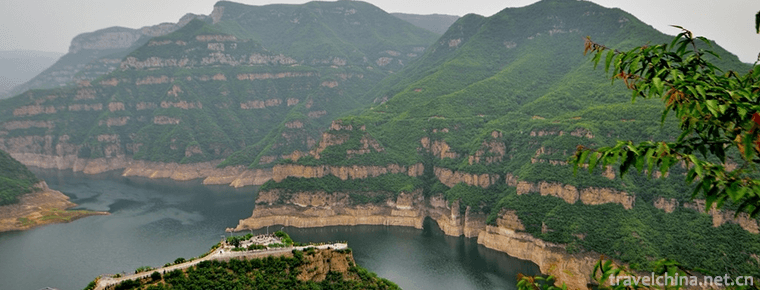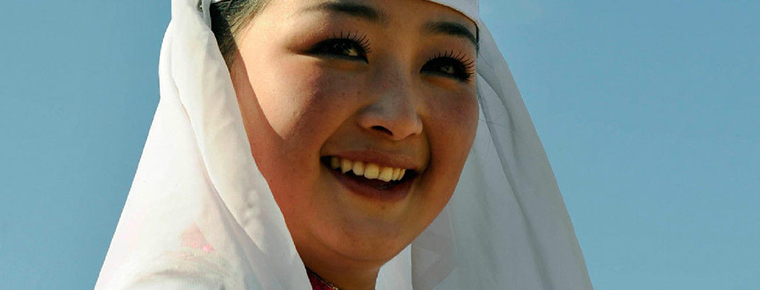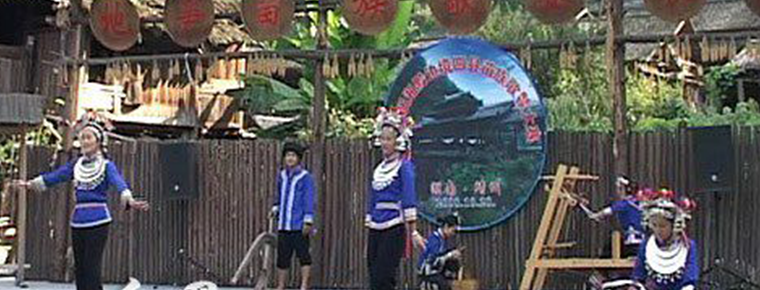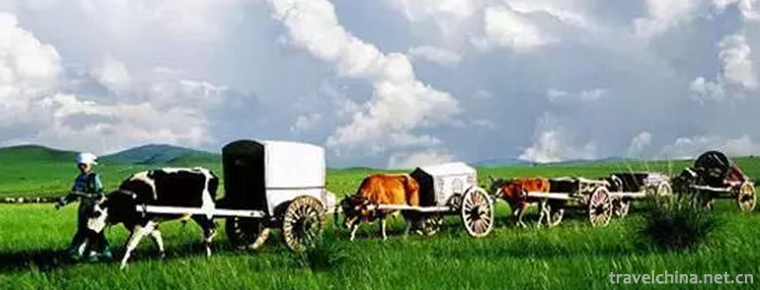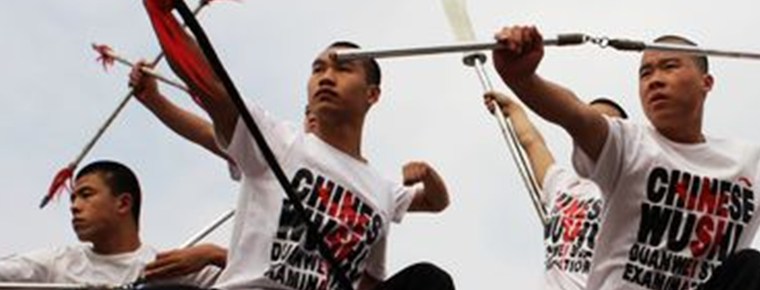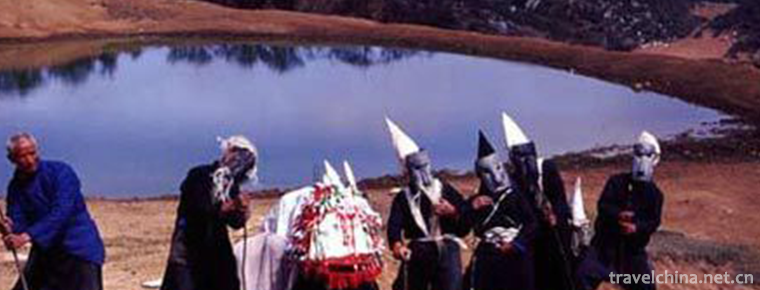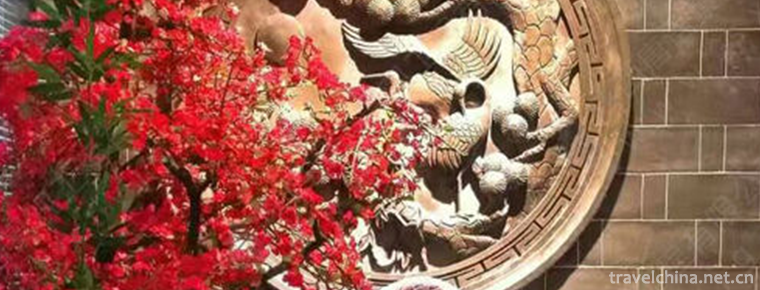Stewed Pork Ball in Brown Sauce
Lion head is a traditional dish in the Huaiyang cuisine of Yangzhou, Jiangsu, China. Legend has it that Lion's Head began in the Sui Dynasty, when Emperor Yang of the Sui Dynasty was traveling, the chef made four dishes of squirrel, cinnamon, shrimp cake, Ivory chicken strips and sunflower chopped meat with the theme of Yangzhou Wansongshan, Qianqiandun, Ivory forest and sunflower granite. It is said that the original name was sunflower chopped meat, sunflower meatballs, and Wei Yong's kitchen in the Tang Dynasty. Juyuan made four famous dishes: squirrel and cinnamon fish, shrimp cake with money, Ivory chicken chips and sunflower chopped meat. The guests in the audience were amazed and the sunflower chopped meat was renamed Lion's Head. This dish tastes soft, glutinous and smooth, healthy and nutritious.
Yifeng, Jiangxi Province, also has this dish, popular for more than 100 years, with a white color, fresh and tender meat, fragrant and mellow, all seasons are suitable for characteristics. Anhui Chaohu area every year during the Spring Festival will be colored ball, playing lions, celebrating grain harvest. Local people will then make snacks that resemble lion heads to reward lion dancers. This custom has been popular since ancient times. This snack is very crisp and can be stored for several days without softening due to its slightly higher alkali content than ordinary fermented dough.
Lion's head is made of 60% fat meat and 40% lean meat with onion, ginger, eggs and other ingredients cut into meat paste, made into fist-sized meatballs, can be steamed red-boiled, fat and not greasy. But modern times usually use more lean meat. Xu Ke made a clear account of the barnyard note: "the lion head is named after its shape, and the pork circle is also. The pork is half fat and thin, chopped and chopped. It is made of protein, so that it is easy to solidify, or add shrimps and crab meat. Place one of the yellow sand pots with yellow sprouts or bamboo shoots on the bottom, slightly mixed with water and salt, and make the biggest circle with meat. Place them on top of the pots, cover them with vegetable leaves and cover them with the pot. Put a little salt into the iron pot to prevent the pot from cracking. Then, burn it with fire. When the number of firewood is stopped, it will burn more than five minutes.
The dish has a long history. The Song Dynasty poet said: "but it will match two crabs. There is a Yangzhou crane in the world." To compare eating crab meat to "riding cranes down Yangzhou" happy gods, you can see how delicious crab powder lion head dish. The Qing Dynasty "Tiaoding Ji" in Yangzhou "big meat ball" a dish, the system is as follows: "take ribs, peeled, sliced long strips, coarse, with soybean powder, a small amount of condiments, with the hands loose, can not be rubbed into. Or fried or steamed (with linen green), which is recognized by the society in the Qing Dynasty.
The cooking of the lion's head is very important. Simmer for about forty minutes, so that after making it fat and not greasy, the entrance is changed. Yangzhou Lion Head has three cooking methods: stewing, steaming and braising. As for the variety, there are many kinds, such as stewed crab powder lion Head, clam roasted lion Head and wind chicken roasted lion Head.
The lion's head is a kind of meatball. Iron Lion Head is a dish originated from Cangzhou, Hebei Province, where the God doctor's happy home is located, and the iron lion in Cangzhou is a scene, so it is called the pill iron lion head. The main reason is its large outer Jiao Li Nen. There are also many ways of braised lion heads. And longan lion heads. Steamed lion heads. Some places are called Si Xi balls. The practice is basically the same.
Legend has it that when Suiti visited Qionghua in Yangzhou, he stayed in the south of the Yangtze River, enjoying numerous beautiful scenery. After taking over the four famous landscapes of Wansongshan, Qianqianduan, Ivory Forest and Sunflower Granite in Yangzhou, he admired the landscapes and renamed them Qianjin Mountain, Mao Erdun, Pingshan Hall and Qionghua View. After returning to the palace, he called in the imperial cook and asked them to make four dishes to remember the trip to Yangzhou in the south of the Yangtze River. Wang Chai, the chief cook, worked hard to make four famous dishes. These four dishes are squirrel mandarin fish, money shrimp cake, ivory chicken strips, sunflower chopped meat. Emperor Yang of the Sui Dynasty was very happy after tasting it, so he gave banquets to all his ministers and became a delicacy all over the South of the Yangtze River. Officials and dignitaries entertain guests with pride in these four dishes.
In the Tang Dynasty, it was also the golden dish, jade, and good food. On this day, the public banquet of the State of Pi ordered Wei Juyuan, a famous chef in the mansion, to make four famous dishes: squirrel and cinnamon fish, shrimp cake with money, Ivory chicken sticks, sunflower and chopped meat, accompanied by rare seafood, rare water and land. Guests are breathtaking. When the sunflower chops meat one dish to carry on, sees only uses the huge meatball to make the sunflower heart, magnificent, really looks like the lion's head. In the first half of his life, he lived in the army for nine years, and the guests praised him. The Duke of the State of Pi drank a toast and said, "To commemorate this evening's meeting, sunflower meat might as well be changed to"lion's head." Since then, a famous "lion head" has been added.
In the Qing Dynasty, when the Qianlong came down to the south of the Yangtze River, the dish was brought to Kyoto to make it one of the palace dishes. During the Jiaqing period, Lin Lan of Ganquan also sang Yangzhou's "Sunflower Meatballs" in "Three Songs of the Yongjiang River". Its preface said, "meat is cut into balls with fine cuts, and fried with meat and vegetables into sunflower yellow, common name sunflower meat balls." His poem cloud: "the kitchen Chai has been cut frequently, and this sunflower is letting go. When you are full, you should also think about the sun.
Material Science
150 grams of pork, 10 grams of horseshoe, 10 grams of dried mushrooms, 5 vegetables and a little ginger.
Flavoring
Peanut oil 500 grams (100 grams of fuel consumption), 12 grams of salt, monosodium glutamate 10 grams, 5 grams of sugar, 30 grams of raw meal, chicken soup 150 grams, Laozhao Wang 10 grams, sesame oil 5 grams.
Production process
1. Cut the pork into paste, cut the rice with horseshoe and mushroom, add salt, monosodium glutamate and raw meal until the meat is gummed, and make four big balls. Stir fry the vegetables in the boiling water and stir them into the dish.
2. put the oil in a frying pan, and pour it into a large meatball at a temperature of 130 degrees.
3. Keep oil in the pot, add ginger slices, chicken soup, big meatballs, salt, monosodium glutamate, sugar, old saucer, cook over low heat until the juice is thick, and then use wet raw powder to hook up the sauce into the dish.
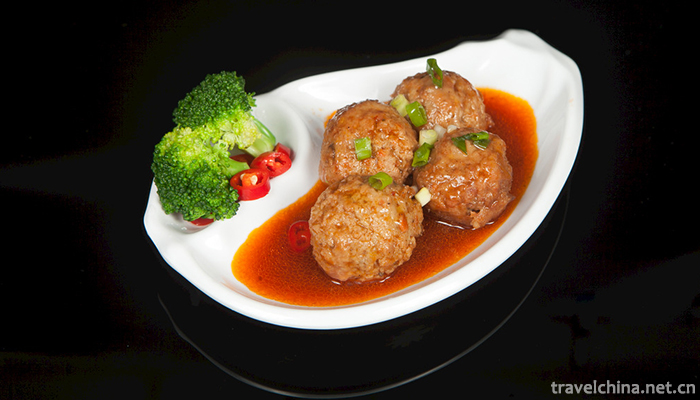
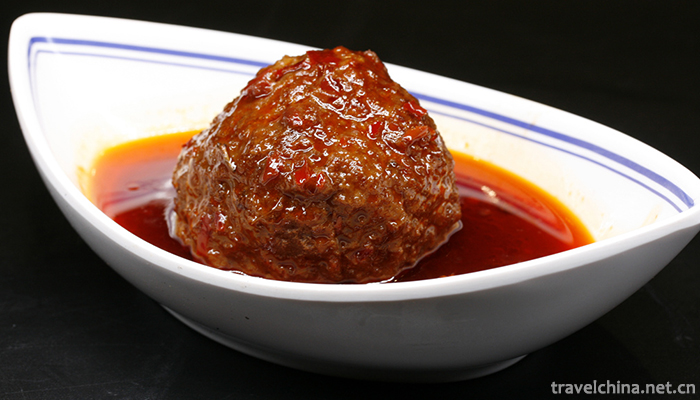
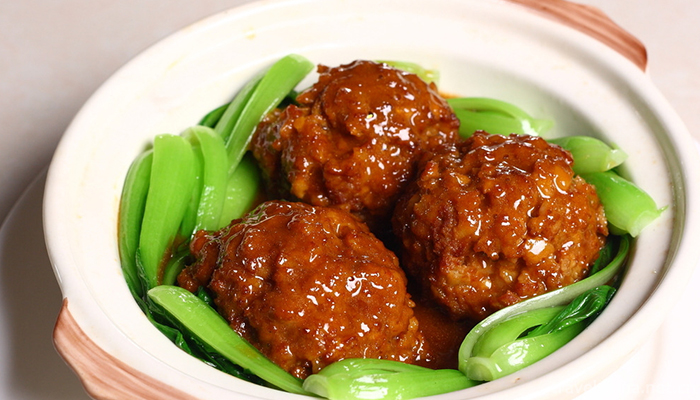
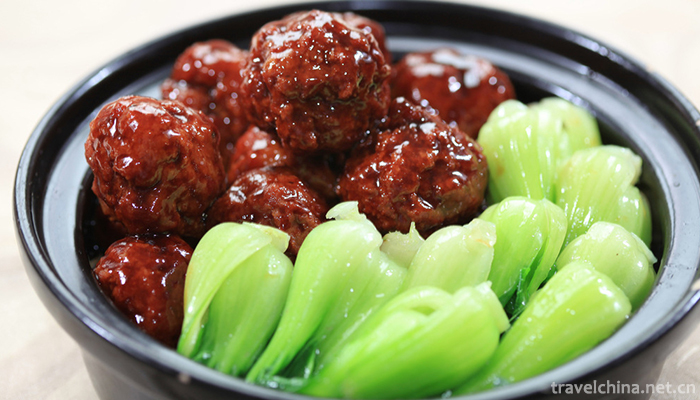
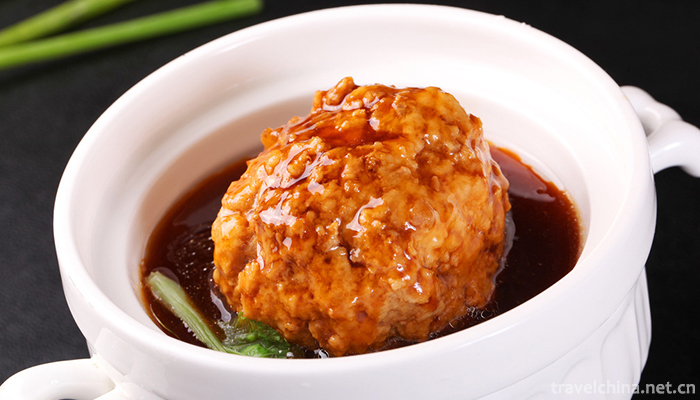

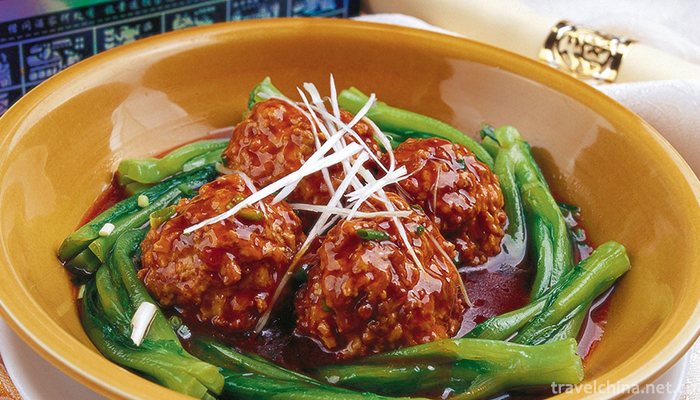
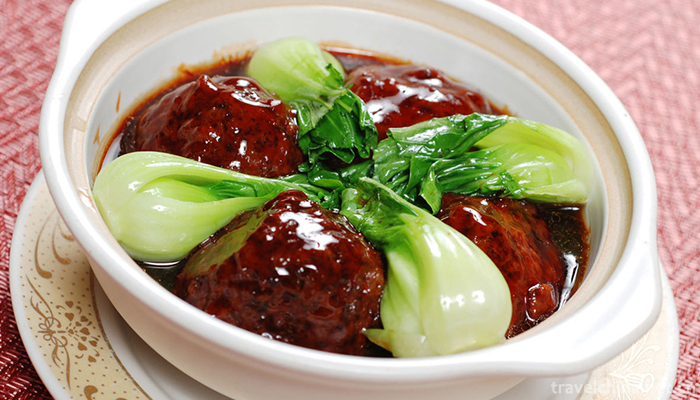
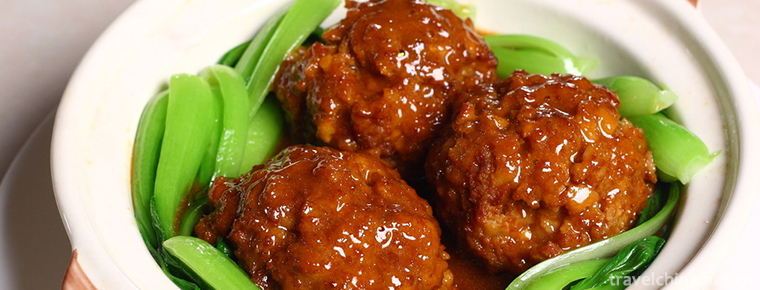
Stewed Pork Ball in Brown Sauce
-
mount fanjing
Fanjingshan: National AAAAA-level tourist attractions, National Nature reserves, China's top ten summer resorts, China's famous Maitreya Bodhisattva Dao
Views: 270 Time 2018-12-12 -
Scenic Spots of the Three Gorges of the Yellow River
The Three Gorges Scenic Area of the Yellow River, the national AAAA-level tourist attraction, the home of Chinese dinosaurs, painted pottery, flowers and Nuo culture.
Views: 172 Time 2019-01-18 -
Tomb of Zhang Qian
Zhang Qian's tomb was the tomb of Zhang Qian, an outstanding diplomat, explorer and pioneer of the Silk Road in the Western Han Dynasty. In the third year of Emperor Yuanding of Han Dynasty (114 years
Views: 264 Time 2019-03-16 -
Zhangyu Wine Culture Museum
Zhangyu Liquor Culture Museum is one of the few professional museums in the world wine industry. It is located at the original site of Zhangyu Company, Da Ma Lu, Zhifu District, Yantai City, Shandong
Views: 185 Time 2019-03-17 -
Anhui Opera
Hui Opera, one of the local operas in Anhui Province of China, originally known as "Hui Diao" and "Erhuang Diao", originated in the Ming Dynasty and was named Hui Opera after 1949.
Views: 231 Time 2019-05-04 -
Hui Costume
The main symbol of Hui costume is the head. Men like to wear white caps. Hui women often wear a hood. Older Hui women wear black or brown headscarves in winter
Views: 138 Time 2019-05-04 -
Jingzhou Miao Geku
The Miao people's song (tgong) has been declared as the first batch of national folk intangible cultural heritage and one of the two "national treasures" of Huaihua City.
Views: 155 Time 2019-05-08 -
Production Techniques of Mongolian Lele Car
Lele cart is a cattle cart in Mongolian area, also known as roller cart. Its origin can be traced back to the "Yuan Yuan" recorded in Han Shu. As far back as the Qin and Han Dynasties, the H
Views: 215 Time 2019-06-03 -
Eighteen General Martial Arts
A traditional term of Chinese Wushu, also known as "Eighteen Weapons" and "Eighteen Weapons", is commonly used in ancient Chinese operas and novels, referring to the use of various
Views: 187 Time 2019-06-15 -
Taiji of Yi Nationality
Qitaiji is an ancient form of drama that only exists in Nugazhai village, Bandi Township, Weining Yi Hui Miao Autonomous County, Guizhou Province. Taiji is the transliteration of Yi, the word "Qi
Views: 415 Time 2019-07-12 -
Brick carving
Brick carving refers to the carving of landscape, flowers, figures and other patterns on green bricks. It is an important art form in ancient architectural carving. The production technology and core
Views: 265 Time 2019-08-10 -
Leshan climate
Leshan has formed a variety of climate types under specific geographical conditions. Because the region is located near 29 ° n, the city belongs to the middle subtropical climate zone, with the characteristics of four distinct seasons, abundant rainfall, water
Views: 406 Time 2020-12-17

